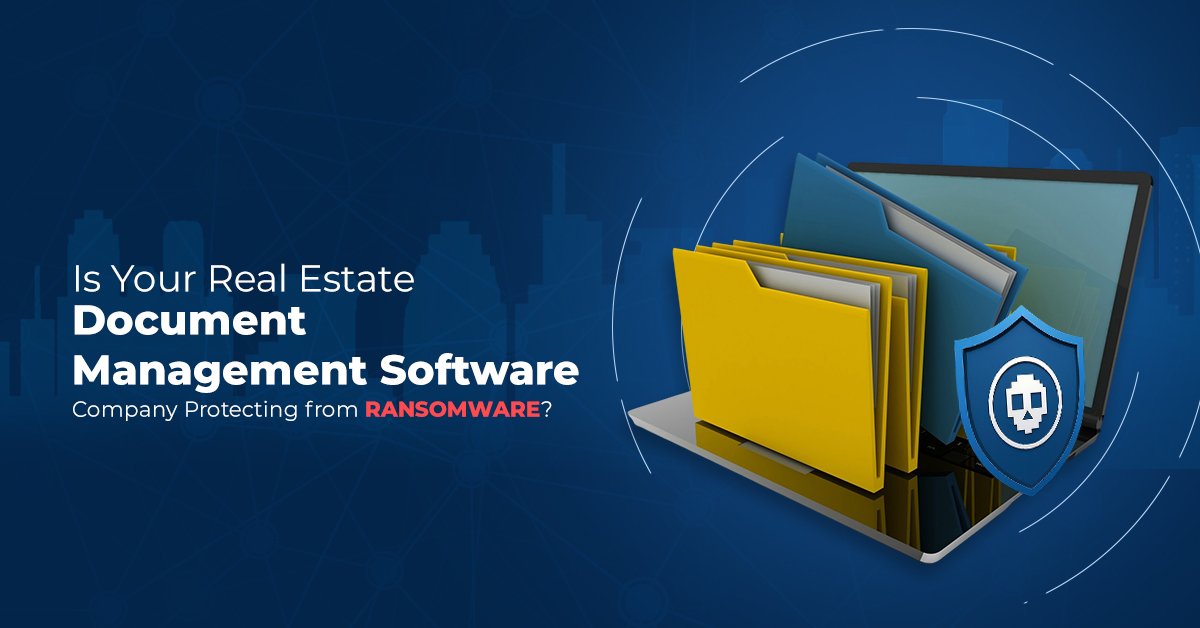Enterprise document management is the strategy to oversee an organization’s paper and electronic documents so they can be easily retrieved in case of a compliance audit or a subpoena. Initially, the term referred to managing electronic documents created on a computer or paper documents scanned into digital format. Over time, the meaning has broadened to include images, email, internal-facing documents, company memos, and external assets like sales or marketing content.
Modern enterprise document management system also involves collaboration tools, version control, secure sharing, and integration with core business systems. It is now essential for various departments such as HR, legal, finance, and distributed teams handling large volumes of structured and unstructured data.
When it comes to regulatory compliance, enterprise document management addresses:
| Document Retention | How long must the business retain documents? |
| Secure Storage | Where should the documents be stored for accessibility and protection? |
| Traceability | How can documents be tracked across their lifecycle? |
| Disaster Recovery | How to recover documents in case of loss, damage, or disruption? |
| Governance Framework | How document policies align with internal protocols and regulations |
How Does an Enterprise Document Management System Work?
An enterprise document management strategy provides a structured approach to receiving, reviewing, processing, storing, retrieving, and disposing of documents. This strategy enables businesses to streamline operations, enforce governance rules, and gain a centralized view of their entire document ecosystem.
By leveraging technology, organizations can automate document capture, tagging, approval workflows, and retention schedules. Many systems also integrate with tools used across departments, ensuring seamless information flow without manual intervention. This promotes accountability, transparency, and efficiency in handling sensitive or high-volume documentation.
1. Efficiency & Cost Savings
Today’s businesses must balance the need to cut costs while maintaining or increasing productivity. Manual document processing consumes time, labour, and resources. Automating document-driven tasks through enterprise document management can significantly reduce these overheads.
By eliminating repetitive tasks such as filing, data entry, or searching for information, employees are freed to focus on more strategic work. This shift boosts overall productivity and can reclaim between 20%–50% of team capacity depending on the scale of automation.
Operational expenses decrease, turnaround times improve, and efficiency scales across departments including finance, procurement, legal, and customer support.
2. Better Employee and Customer Satisfaction
In today’s economic and labour situation, it is crucial to keep your best talent and the best customers. By automating document-driven processes, it is easy to enhance employee satisfaction by reducing the monotony and increase customer satisfaction by implementing modern and error-free processes.
Workplace satisfaction is deeply tied to meaningful and efficient workflows. When document processing is automated, employees spend less time on repetitive, manual tasks and more on creative or value-driven activities. This leads to improved morale and reduced burnout.
Similarly, customers benefit from faster, more reliable service. Whether it’s delivering contracts, onboarding paperwork, or handling support documentation, enterprise document management systems enable quicker and error-free processing. This directly enhances customer satisfaction and supports long-term loyalty.
3. Risk Mitigation
During times of economic stress, the last thing that any organization would want are costly fines, litigations, and damage to the reputation that can be caused by security, compliance, or governance shortfalls. Automating the document-dependent work helps in mitigating the risks by ensuring higher accuracy and reduces the chances of human error. Automation sets up and maintains access control to enhance security, identify the discrepancies, ensure strict compliance with regulatory guidelines, and flag potential issues much more effectively than the manual process. Enterprise document management can take care of retention and other governance policies.
Risk exposure grows when documents are mismanaged or security measures are inconsistent. Regulatory requirements demand that sensitive data be protected, accessible only to authorized users, and retained for specific durations.
Enterprise document management reduces these risks through built-in access control, encryption, audit trails, and automated policy enforcement. These features help detect discrepancies, reduce human error, and ensure compliance with internal and external regulations. Retention policies, version histories, and secure backups further protect against data loss, legal risks, or financial penalties.
4. Scalability and Flexibility
Organizations must adapt rapidly to changing business conditions, whether scaling up or restructuring operations. Document automation provides the flexibility to handle growing volumes of records without increased labour or infrastructure costs.
From accounts payable to client onboarding, automated workflows enable fast configuration and deployment, making it easier to respond to business needs. Enterprise document management systems are designed to integrate smoothly with existing platforms, ensuring consistent performance across cloud, hybrid, or on-premise environments.
Moreover, mobile accessibility ensures that distributed teams can access, approve, or upload documents from any device, supporting real-time collaboration across locations.
5. Enhanced Data Analytics and Decision-Making
Beyond storage and access, enterprise document management unlocks critical data insights. Documents often contain valuable information that can inform decision-making when structured and analyzed properly.
Advanced document systems use indexing, categorization, and metadata extraction to provide visibility into document trends, usage patterns, and workflow efficiency. These analytics empower businesses to identify inefficiencies, optimize processes, and make data-backed decisions that drive strategic growth.
Improved visibility also supports compliance tracking, performance monitoring, and resource planning — helping leadership remain proactive rather than reactive.
In Conclusion
Automating document-dependent processes has become essential in today’s volatile business environment. Enterprise document management enables organizations to:
• Reduce operational costs and increase efficiency
• Improve employee and customer satisfaction
• Strengthen compliance and reduce risk
• Scale operations with flexibility
• Leverage data for smarter decision-making
As business demands grow more complex and time-sensitive, implementing robust document automation strategies positions companies to maintain agility, reduce risk, and build long-term value. Enterprise document management is no longer a back-office function — it is a strategic asset that drives modern business success. SFT Dox is dedicated to supporting this transformation by providing intelligent and adaptable enterprise document management solutions that simplify workflows, ensure compliance, and drive long-term business growth.










